A Brief History
It is said that the word Paombong could have been derived from the word bumbon which is one of the ancient methods of catching fish.
Another creative version concerns about the antiquated tuba container known as Bumbong. Bumbong is a long bamboo tube used for collecting Nipa sap. The practice of extracting nipa sap with bumbong made the town famous for its many bumbong The local people claimed that the Spaniards who first visited the place were amused by these bamboo bumbong so that they named the place after it which later became Paombong The natives pronounce the town’s name with silent a making it Pombong.
POPULATION
PSA 2020
BARANGAY SURVEY 2021
HOUSEHOLDS
PSA 2015
Barangay Survey 2021
VISION
MISSION
A first class municipality with vibrant sustainable economy where its people are God centered, healthy and self-reliant, living in eco-friendly, safe and resilient community with effective and transparent governance.
The Municipality of Paombong is committed to:
- Enhance economic prosperity and social justice;
- Enhance the right of the people to a balanced ecology;
- Promote health and safety;
- Ensure and support, the preservation and enrichment of culture;
- Encourage and support the development of appropriate and self-reliant scientific and technological capabilities;
- Improve public morals;
- Promote full employment;
- Maintain peace and order; and
- Preserve the comfort and convenience of inhabitants.
GEOGRAPHICAL PROFILE
Location
Located in the southern part of the province of Bulacan
Bounded by the Municipality of:
- Calumpit in the north
- City of Malolos in the east
- Hagonoy on the west
- The Manila Bay in the south
Land Area
- The official land area is 4,634 hectares based on the Department of Environment and Natural Resources Land Management Bureau (DENR
LMB) - 14 Barangays
Classification
3rd Class Municipality
PHYSICAL PROFILE
TOPOGRAPHY
- Generally flat
- Covered by agricultural plains (Majority of Fishpond)
- The remaining crop production are found further north of the town.
- Built environment is mostly located along road networks, when concentration is found along major thoroughfares.
CLIMATE
- Classified under Type I climate category based on the modified Corona’s Philippine Climate Classification 1951-2003.
- According to this category, areas with this type of climate have distinct pronounce wet and dry seasons.
- Rainy season – June to November
- Dry season – December to April
However, business registrations do not reflect that the fishery and the processing of fishery products are the major industries. Instead, the service sector or those engaged in trading and other services has the lion’s share of the combined gross receipts at 86.13 percent. Meanwhile, about 13.07 percent is the contribution of the industry group, specifically construction and food processing and the remaining 0.80 percent is the share of the primary sector or the agriculture.
MAJOR PRODUCTS
The major products of Paombong includes Condiments such as Vinegar (Suka), Fish Sauce (Patis), and Salts (Asin). Paombong is also known for havesting Nipa and Agricultural products such as Rice, Poultry, Livestock, and Fisheries.
Sasa/Nipa Fruit
Salt
Sasa/Nipa Tree
Poultry
Vinegar
Fish Sauce
Rice
Fisheries
INFRASTRUCTURE
& UTILITIES
Transport and Terminals
• One of the main modes of transport in the municipality is tricycle
– There are 17 TODAs reported operating with 2 470 registered tricycles
• Another important transport mode is water transport.
– There are 2 ports operated by the local government (SEP)
ENVIRONMENT
Coastal and Marine Resources
Almost 10 0 hectares are covered with various species of mangroves while 282 57 hectares are covered particularly with nipa
Majority of the town’s fisherfolks are in involved in fish capture.
Fish catch is a mix of small and large fish which includes bangus, tilapia, sapsap, kanduli, sinilyasi, lapu-lapu, malakapas, bidbid, kitang, abu-abo, aligasin, biya, tunsoy, bulig, hito, gurami, and carpa.
There is a total of 3 557 63 hectares of fishponds for brackish water aquaculture production (2016)
– Majority of the barangays are engaged in brackish aquaculture production except for barangay Malumot
– There are 2 to 3 cropping per year with cultured species such as bangus, sugpo, vannamei, tilapia, and mudcrabs.
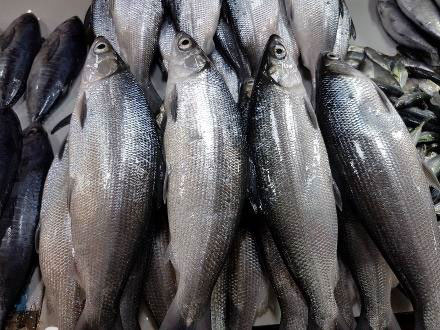
Bangus
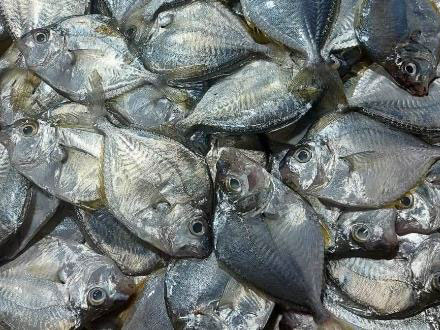
Sapsap
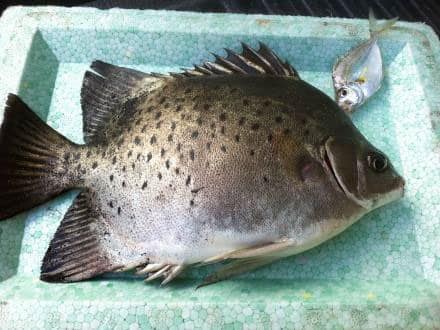
Kitang

Tilapia
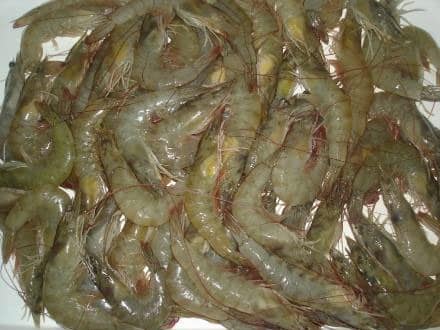
Vannamei
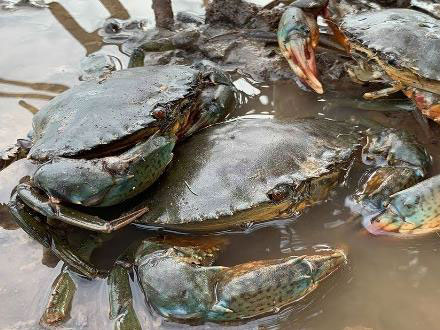
Mud Crab
HERTITAGE CONSERVATION
Tangible cultural heritage of the town are The Paombong Church Convent in Barangay Poblacion General Isidoro Torres Monument in Barangay Binakod, and the Senakulo – a commemoration of the passion of Christ in Barangay Kapitangan
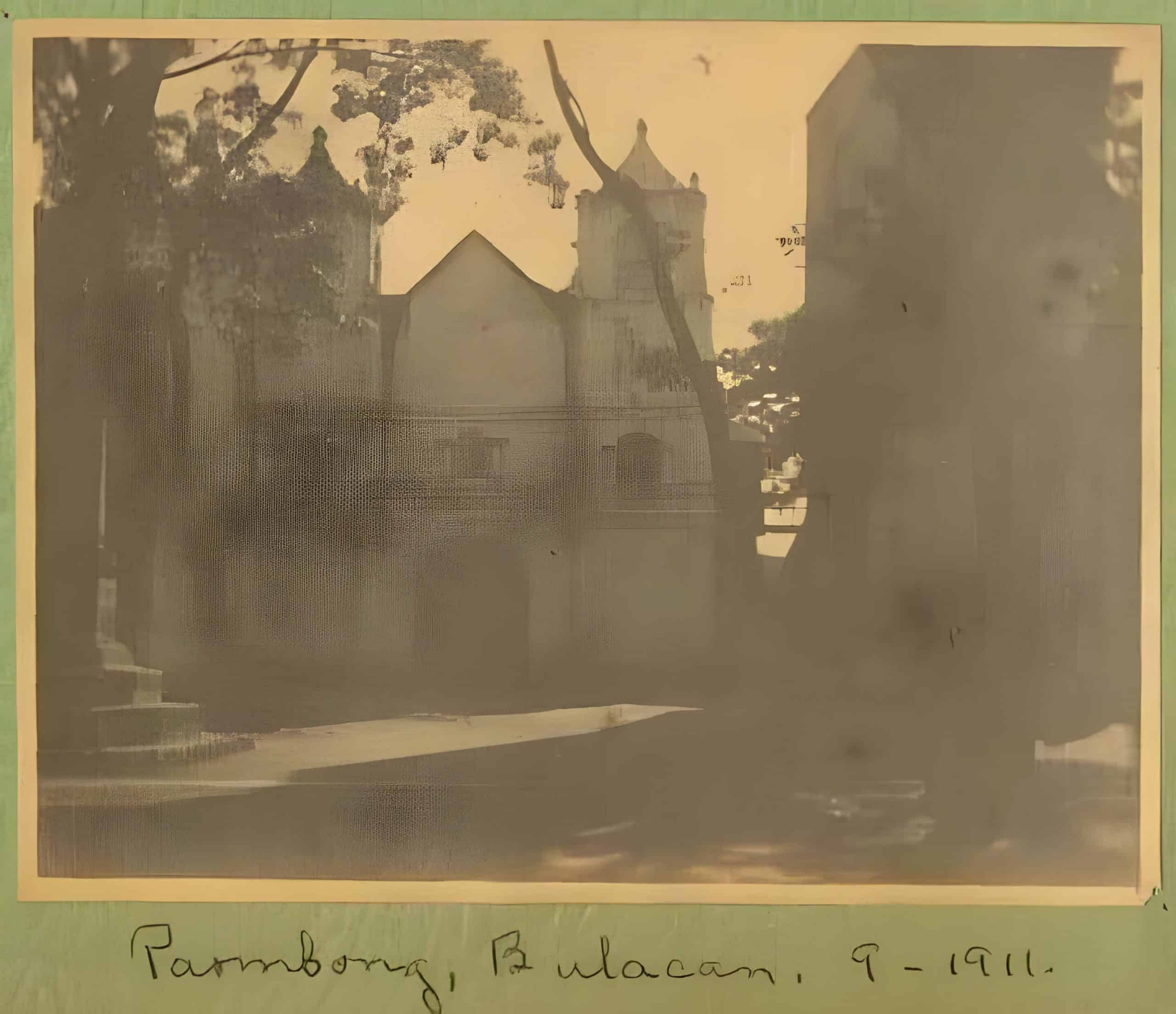

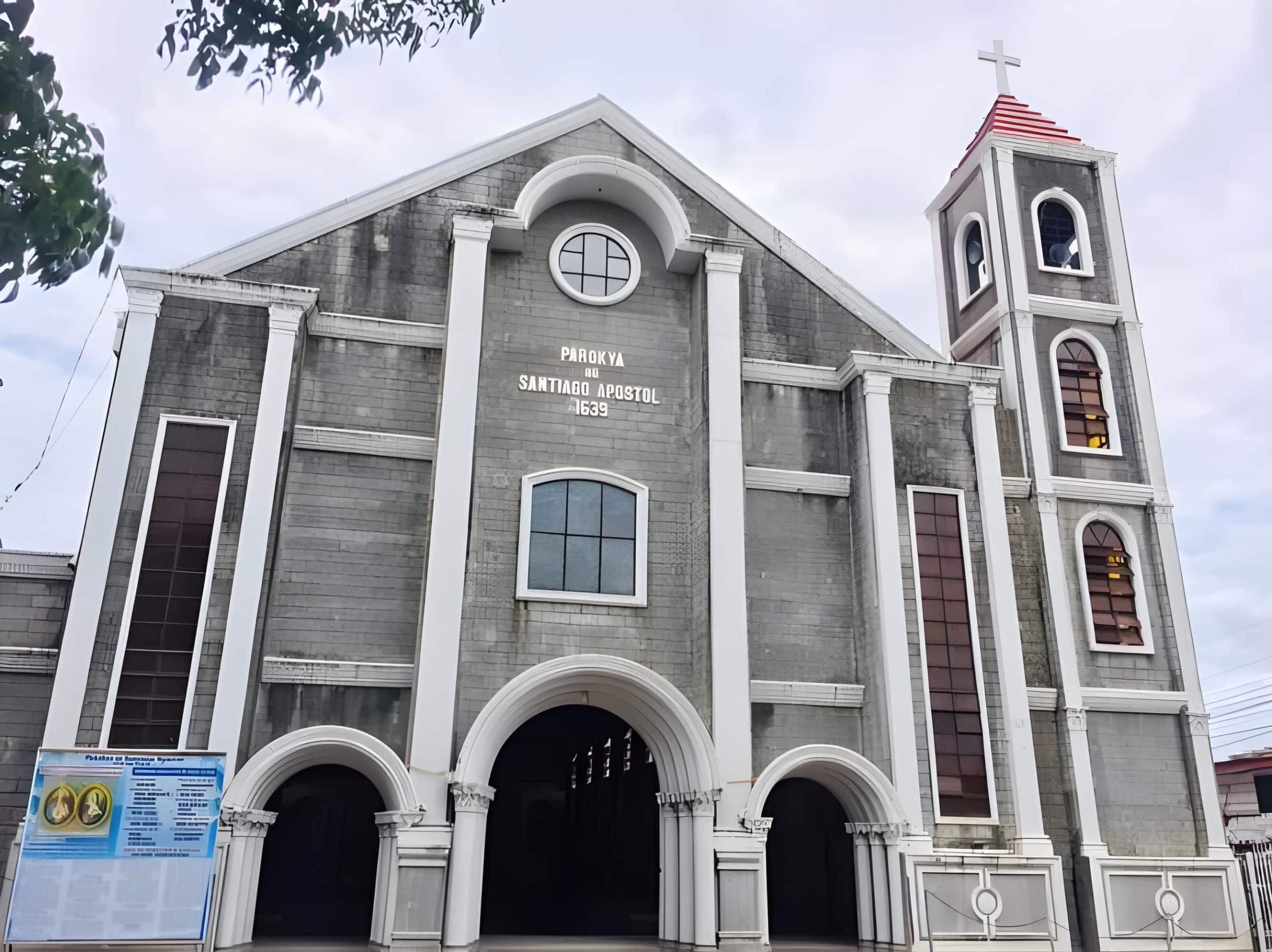
EDUCATION
- 22 day care centers
- 12 public elementary/pre elementary schools
- 5 public high schools
- 3 private elementary/pre elementary schools
- 1 private high school.
- No technical or vocational school or college facilities
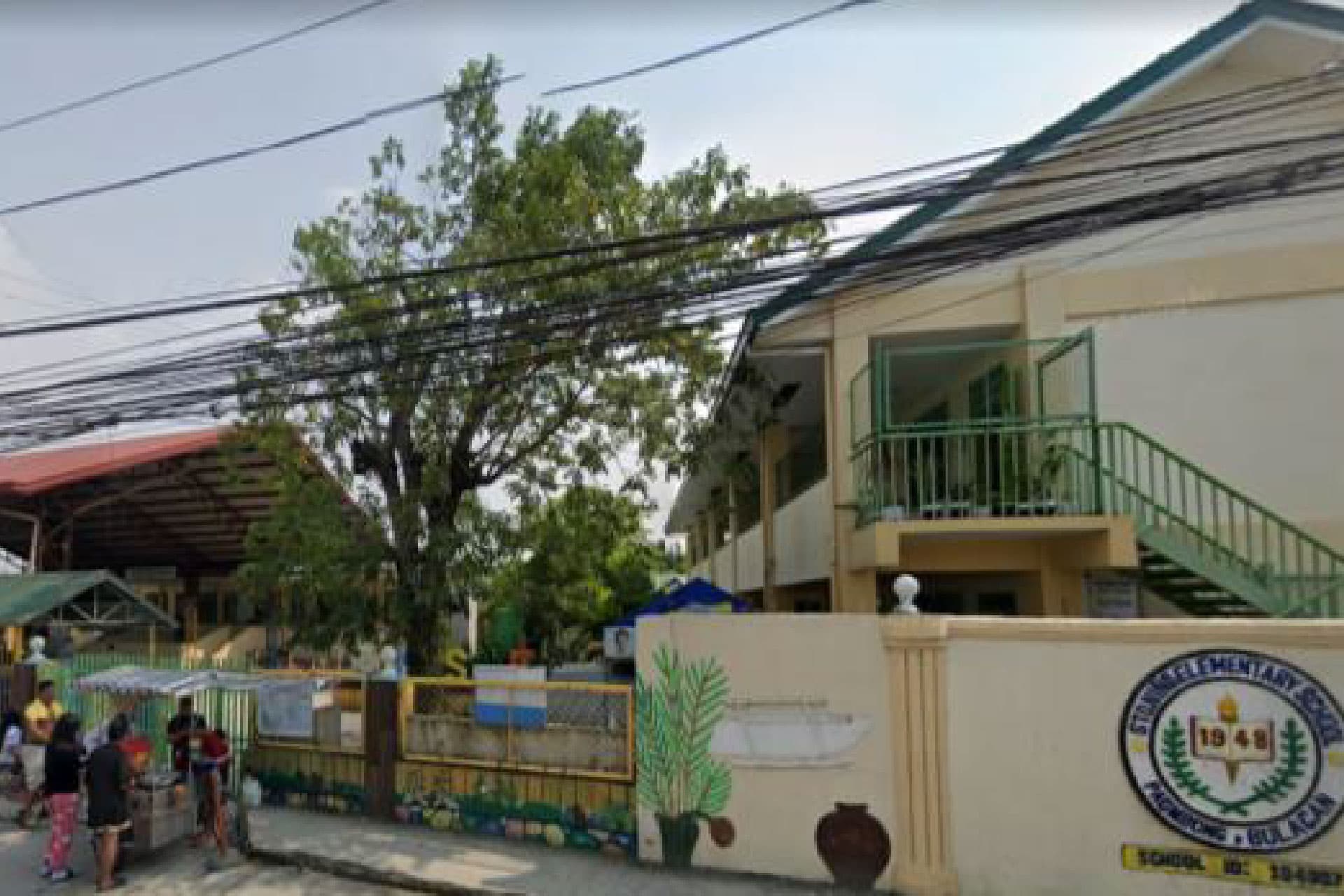
Sto. Niño Elementary School
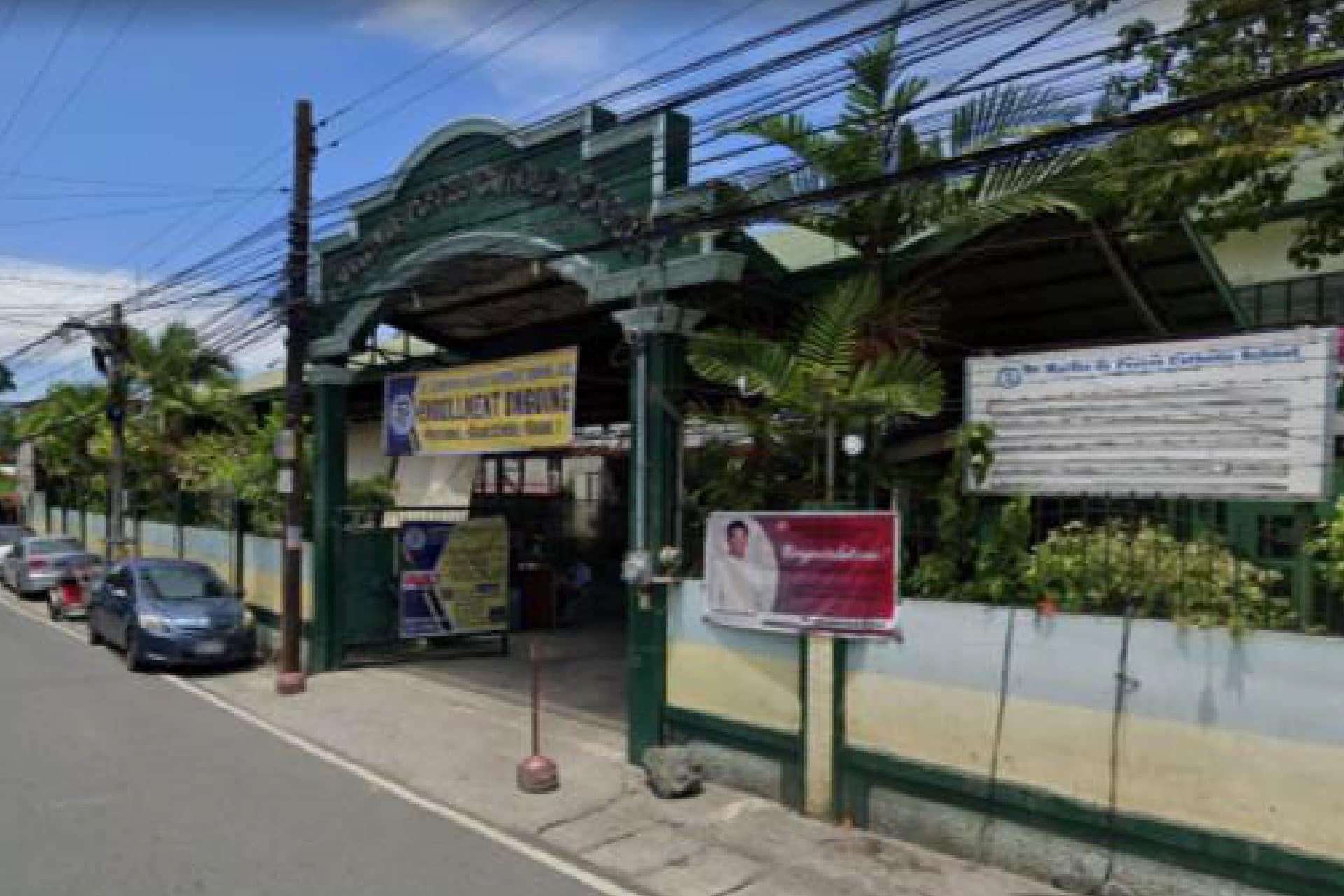
St. Martin De Porres Catholic School
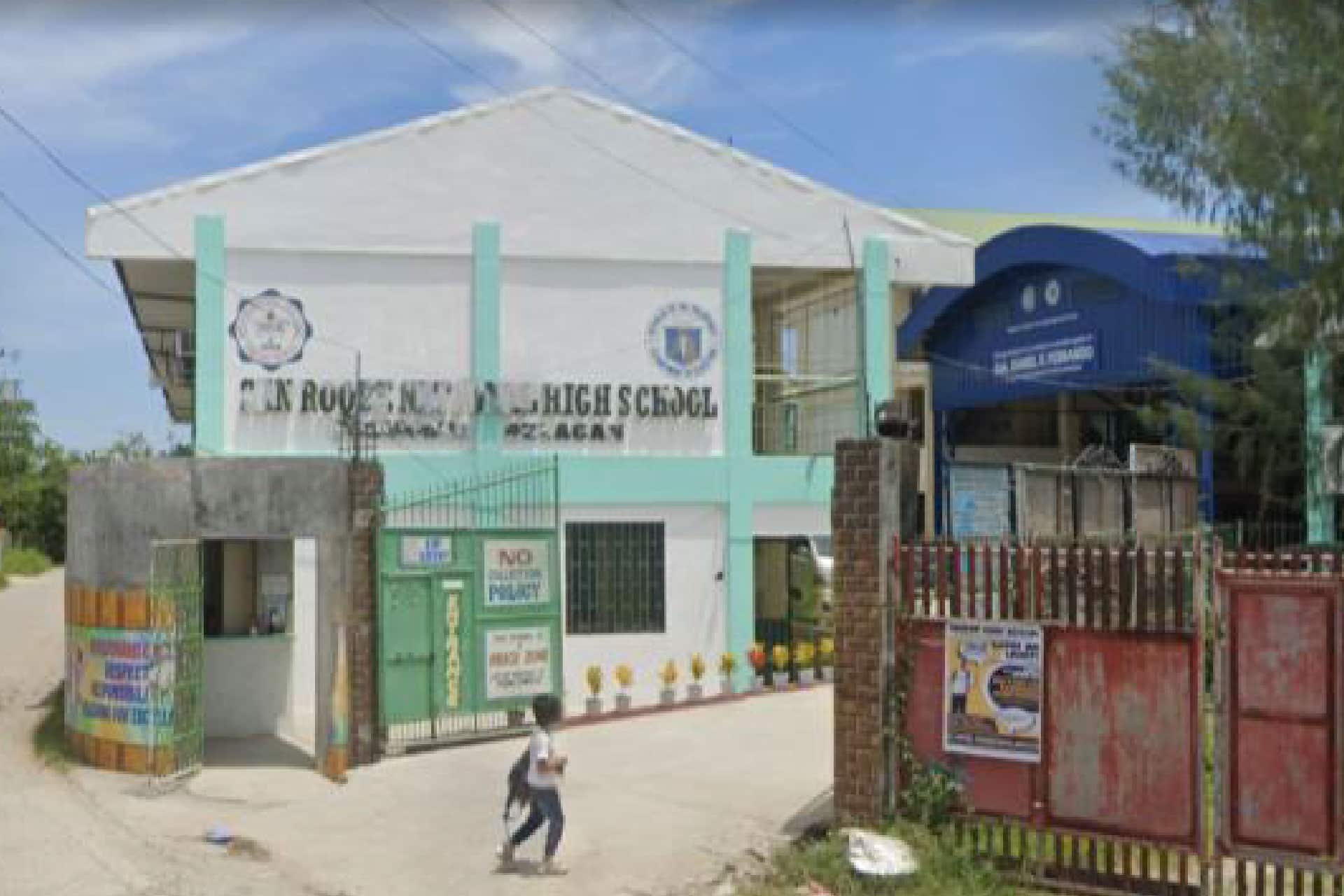
San Roque National High School
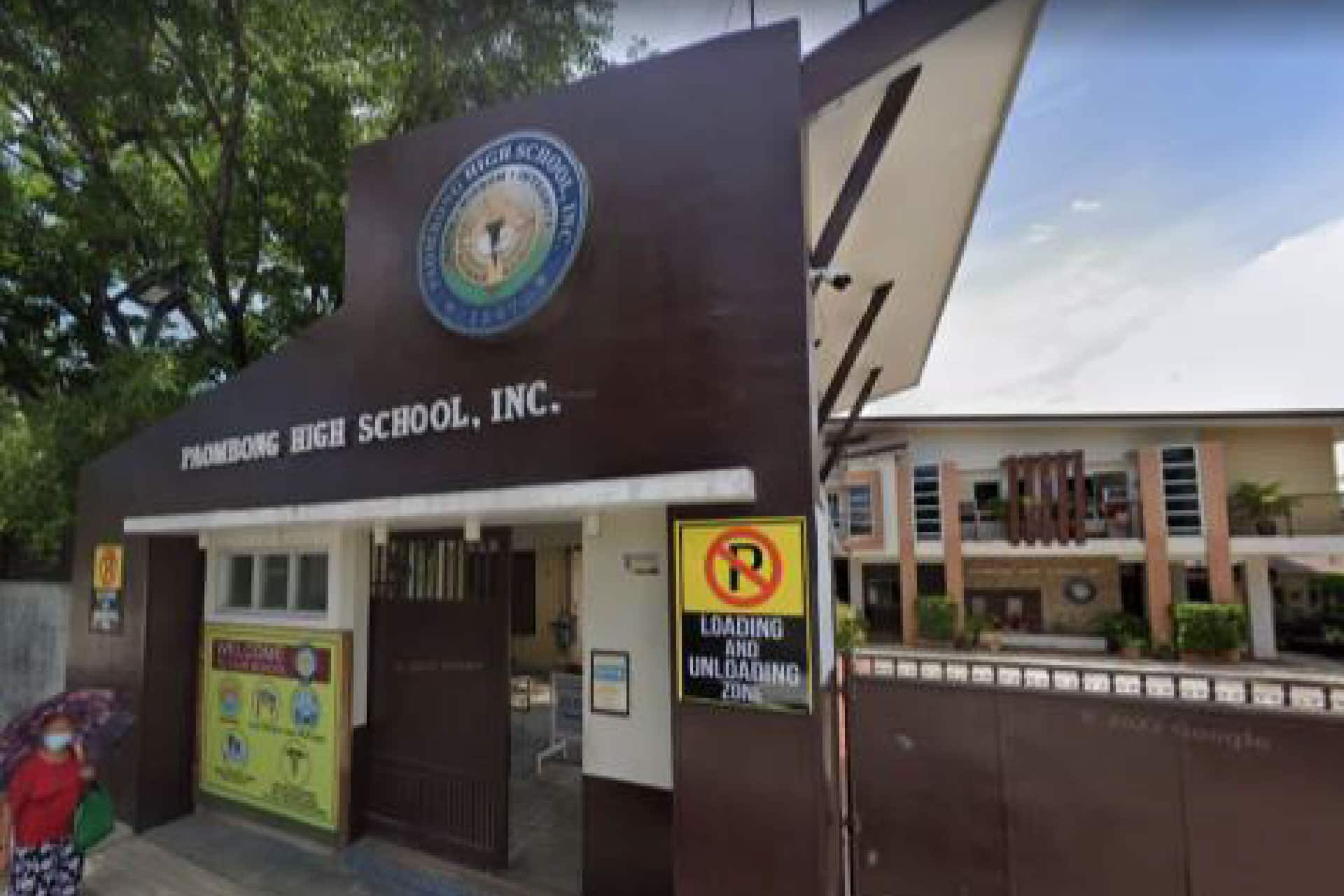
Paombong High School, Inc.
HEALTH FACILITIES
There are 3 Rural Health Units (RHU) and 11 Barangay Health Stations for the delivery of primary health care and maternal and childcare.
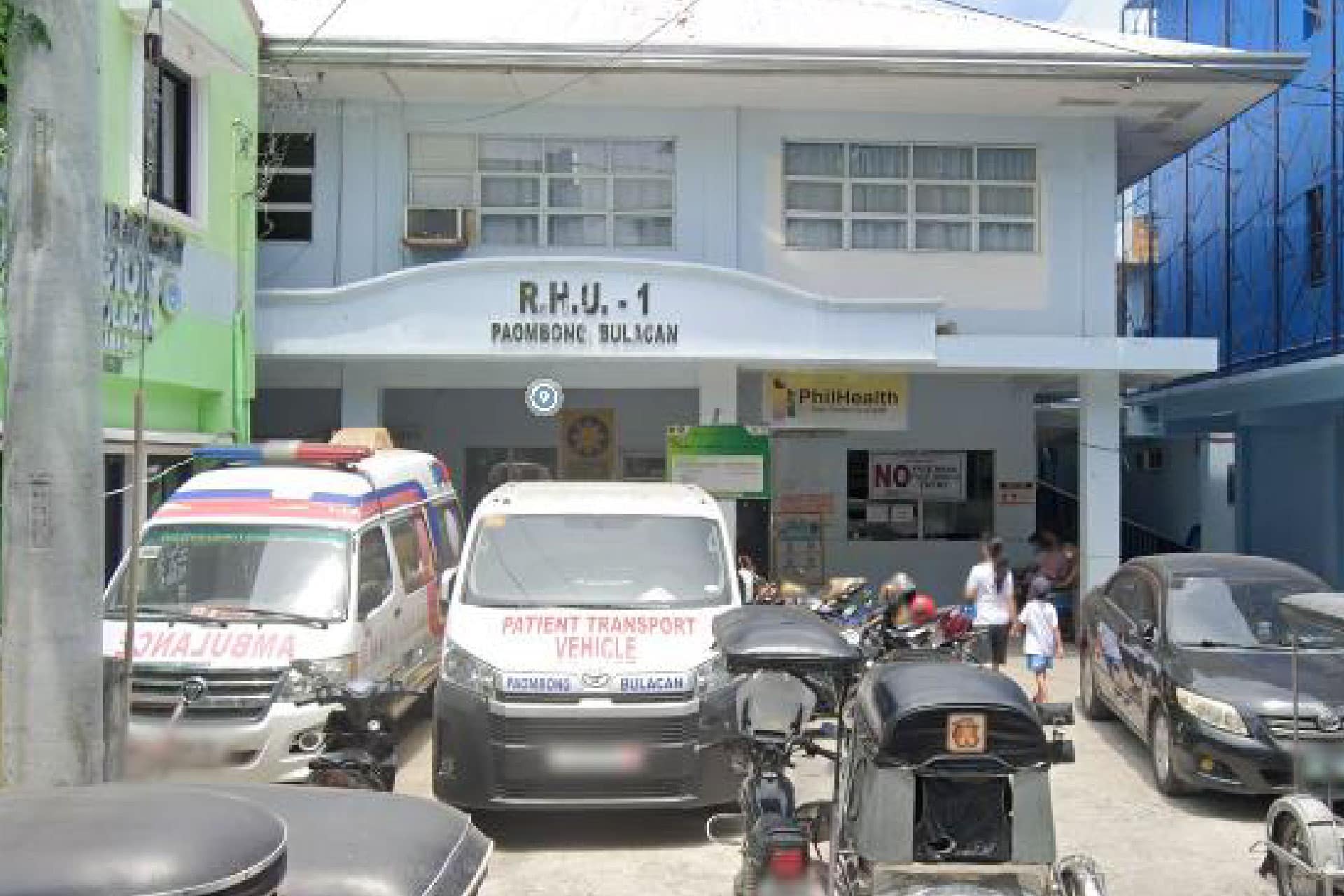
RHU 1
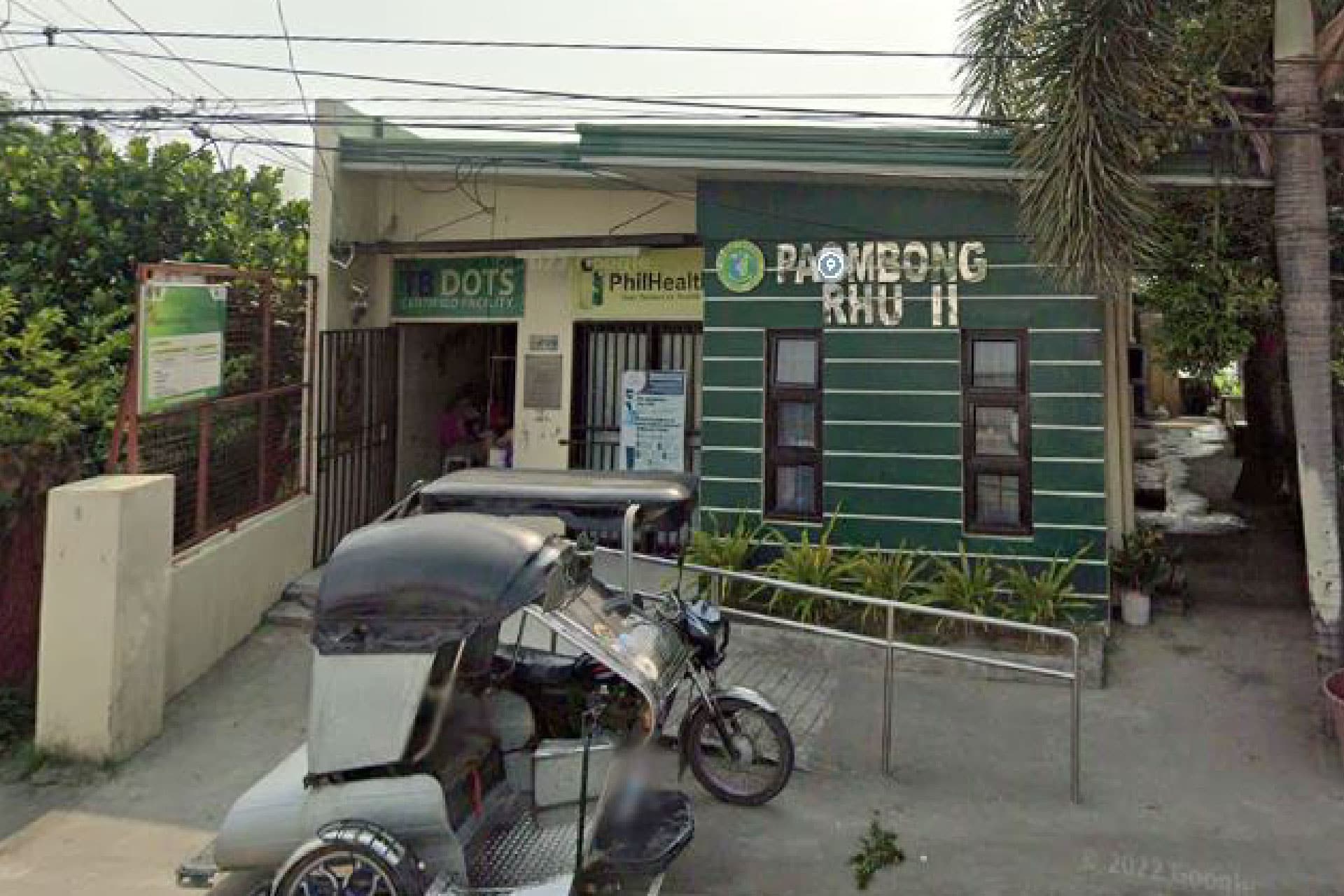
RHU 2

RHU 3
There are 1 private hospital, 1 lying in, 1 private clinic, and 2 medical laboratories providing health services to the citizens 2018.
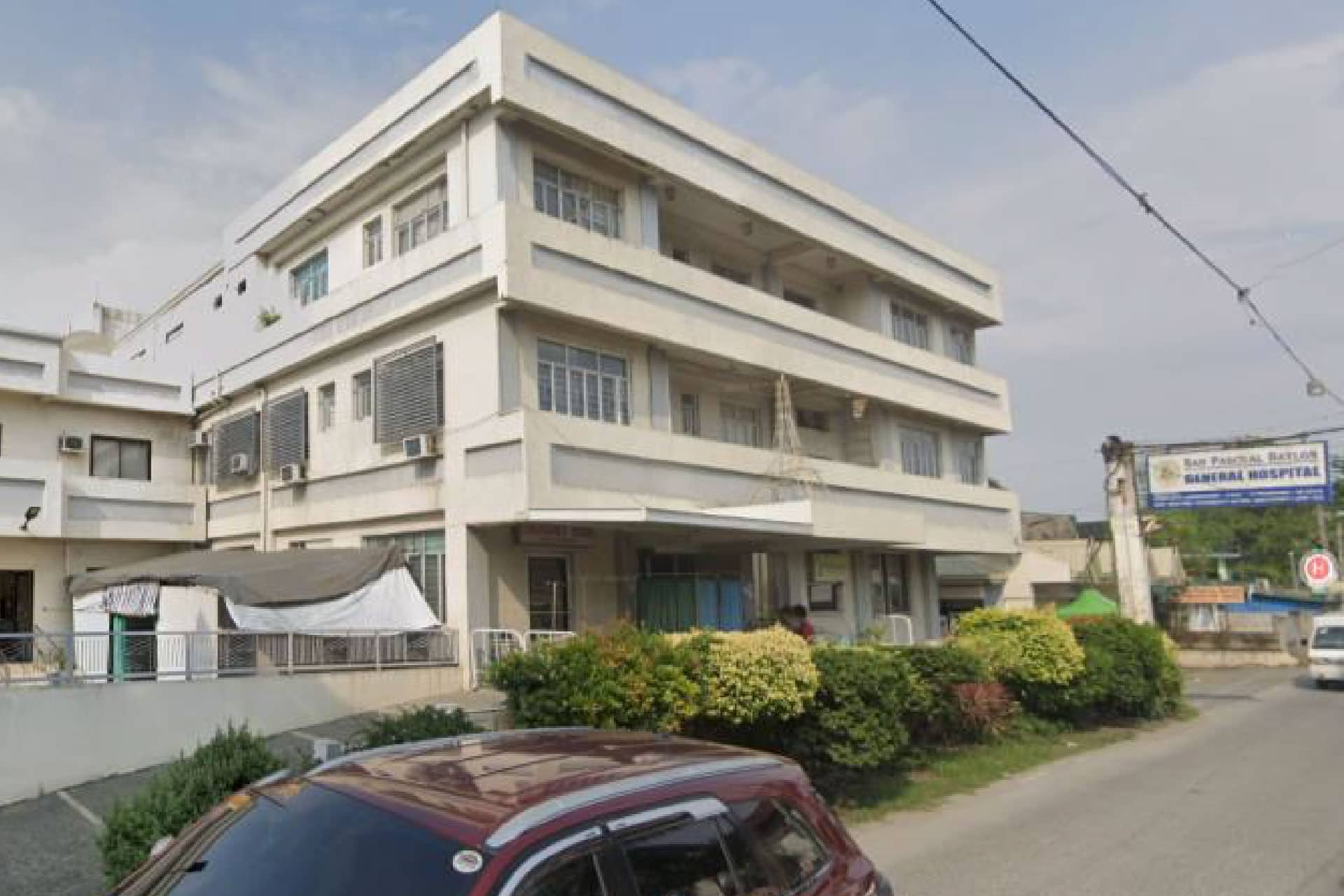
San Pascual Baylon General Hospital
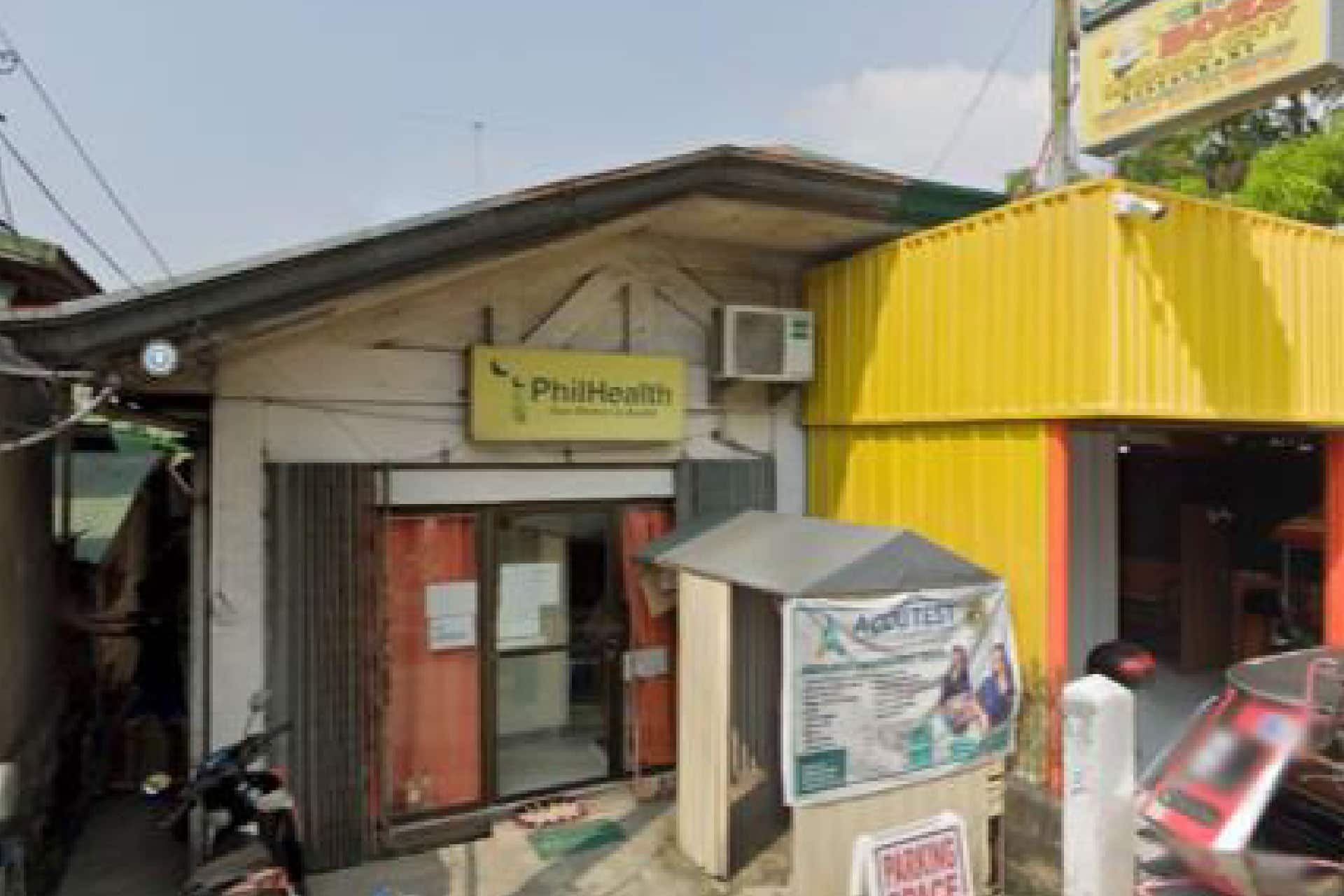


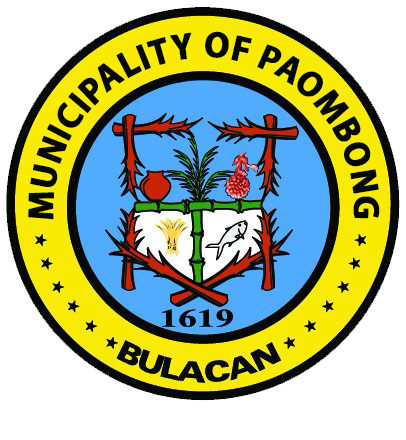
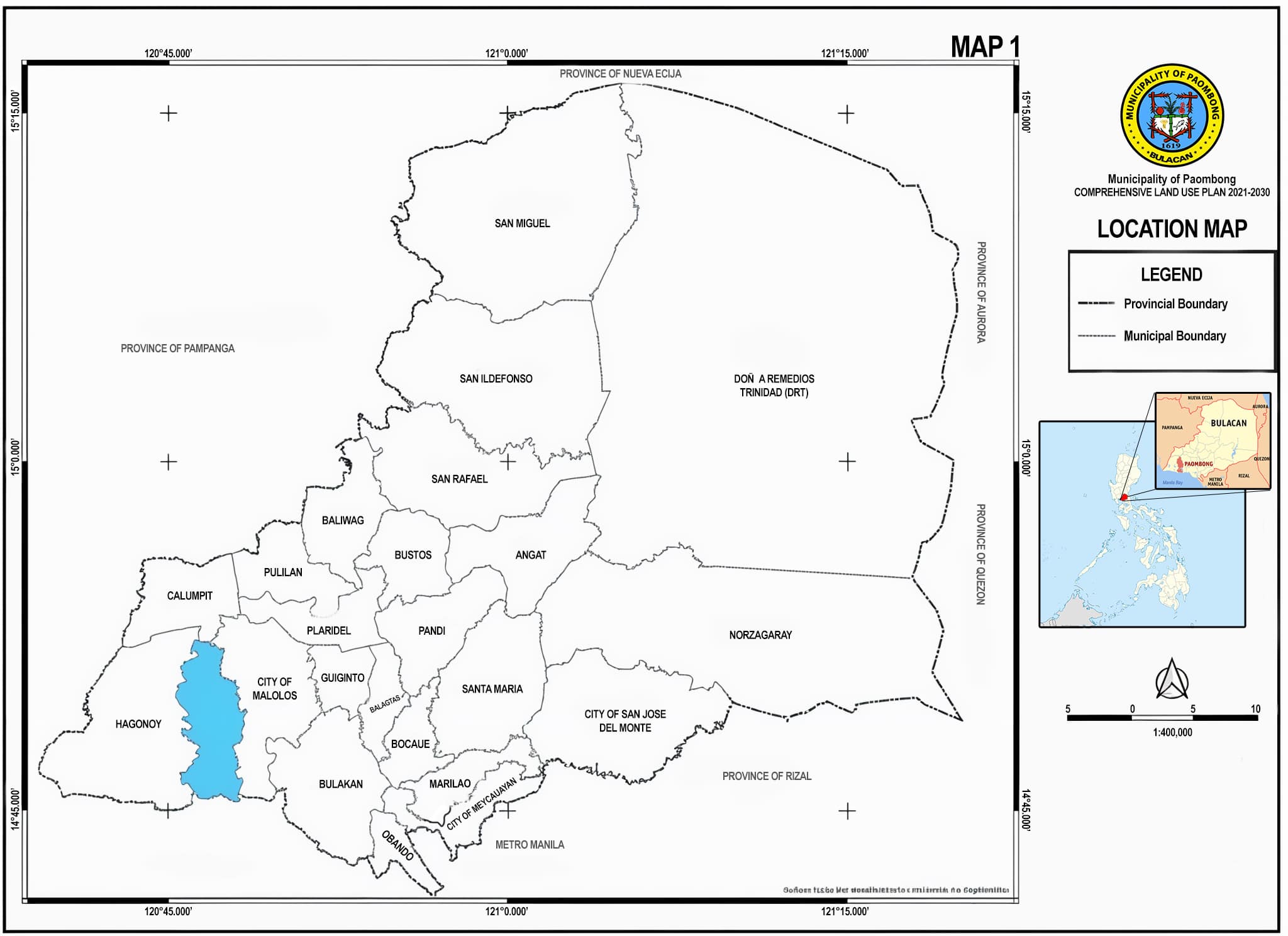
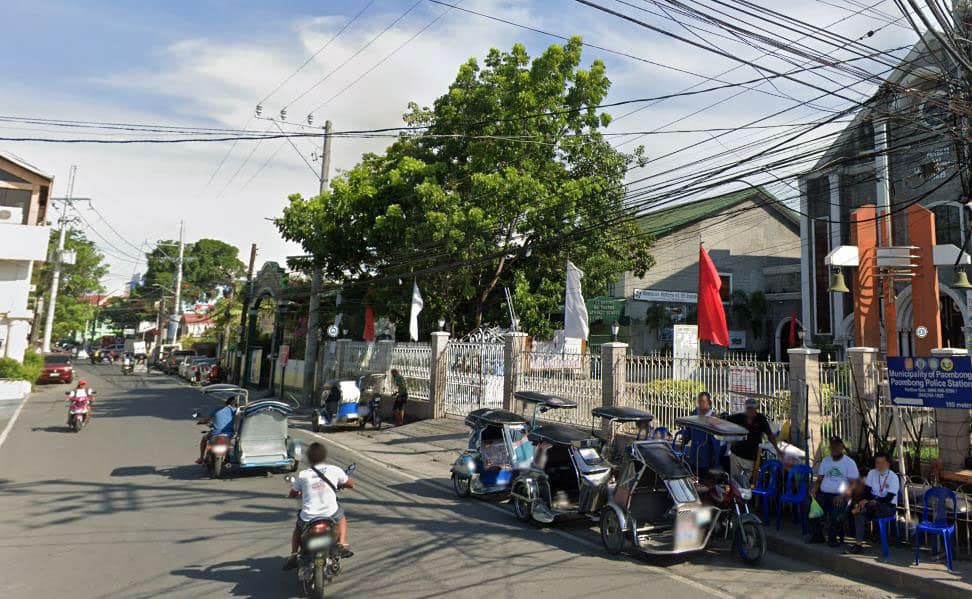
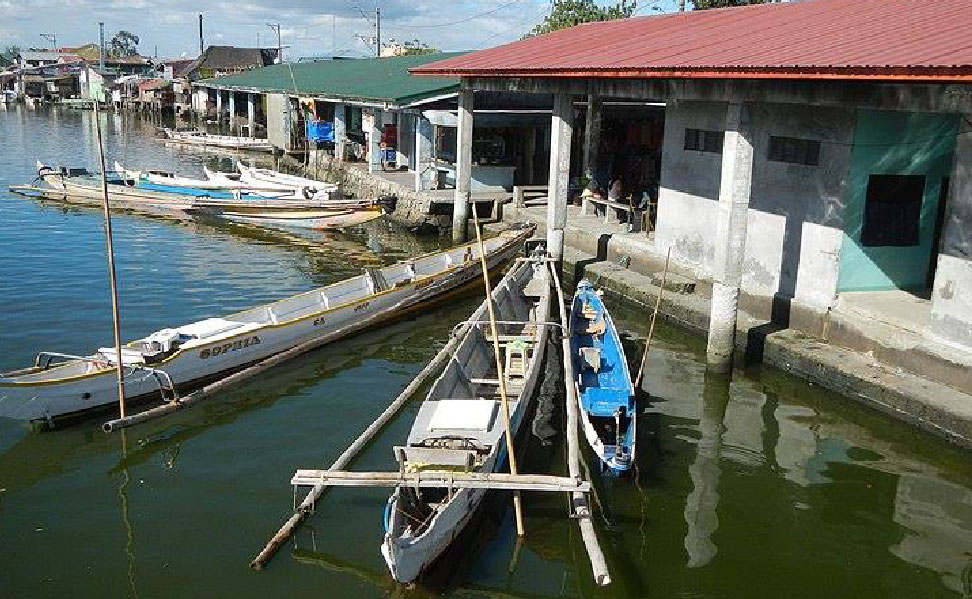
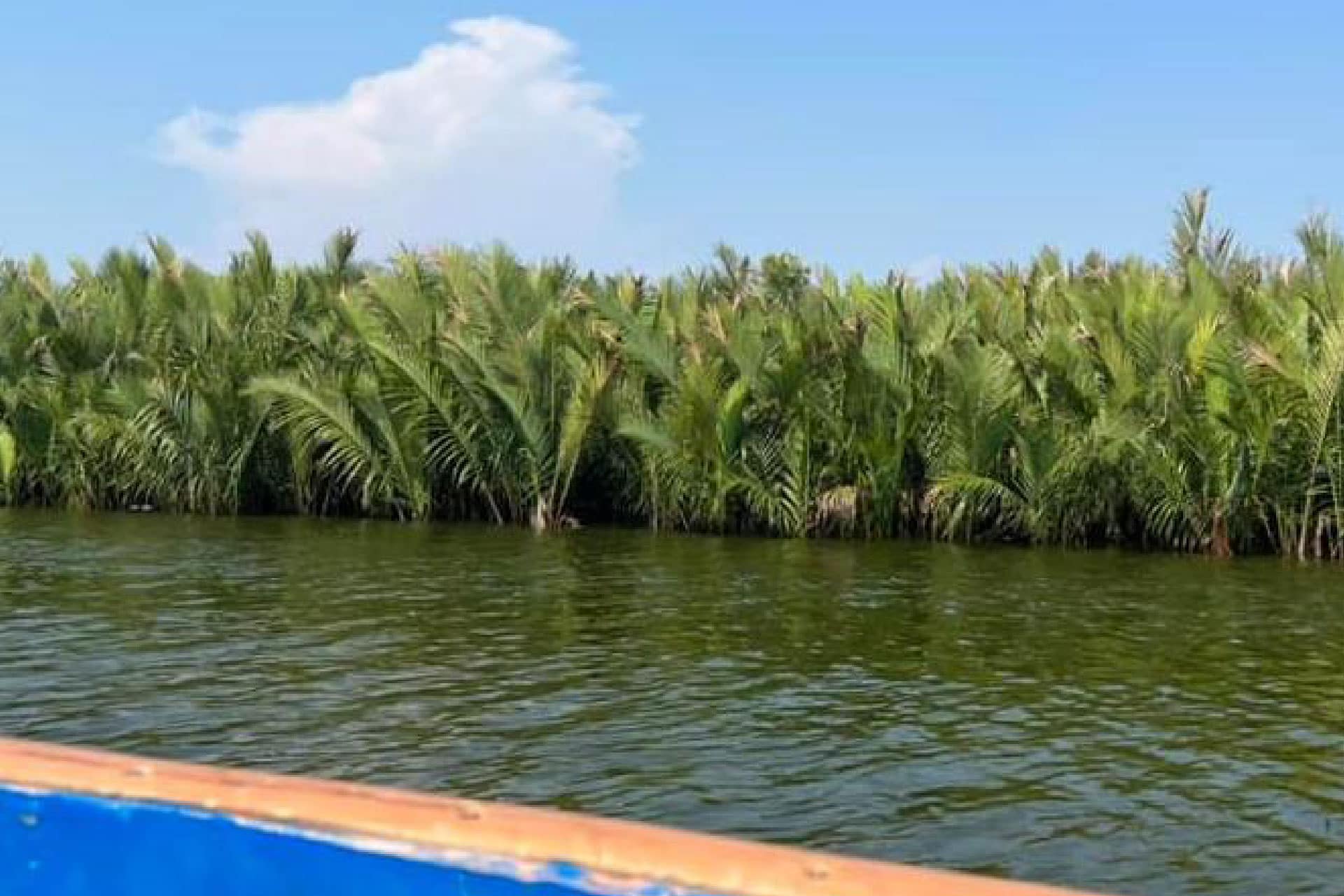
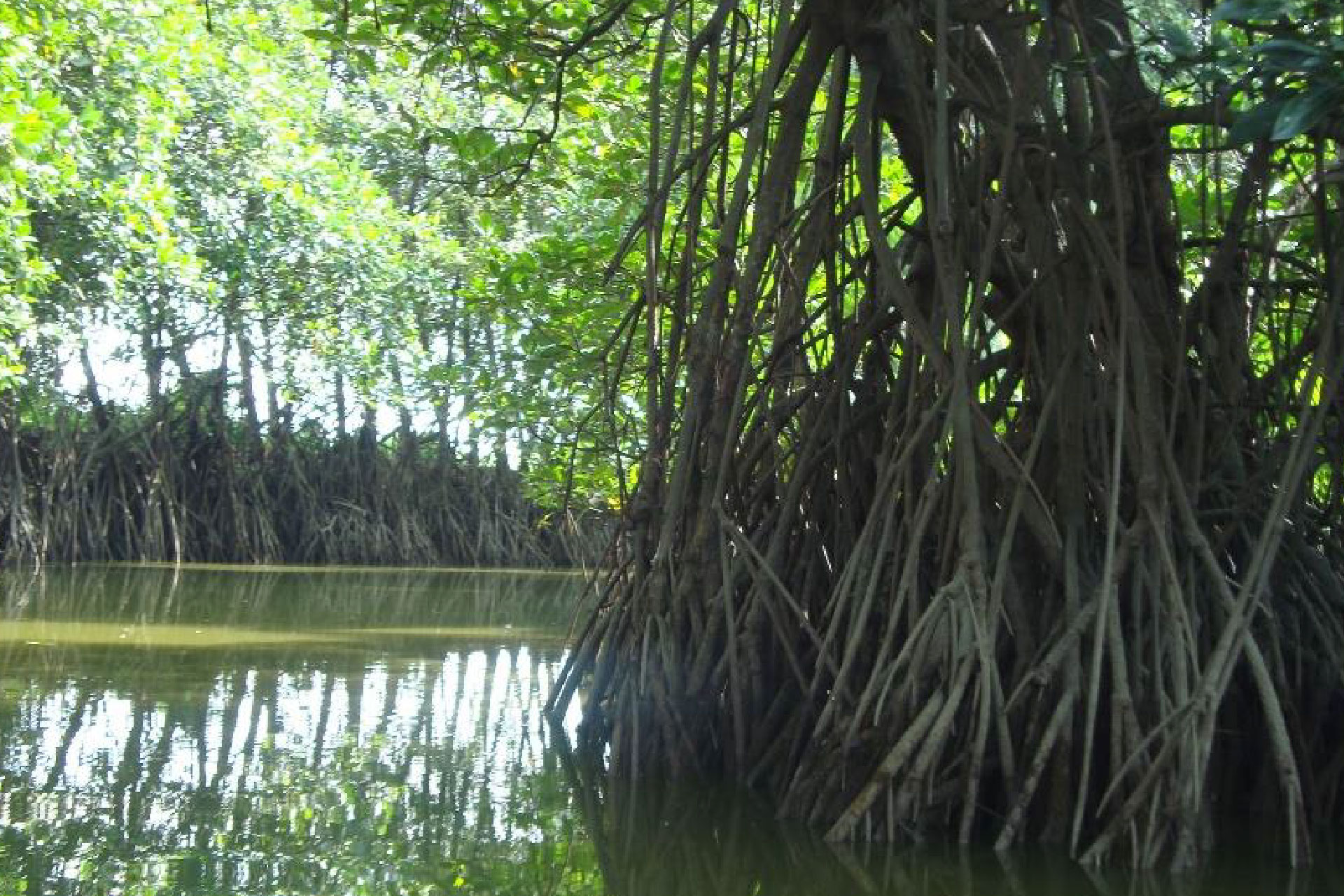
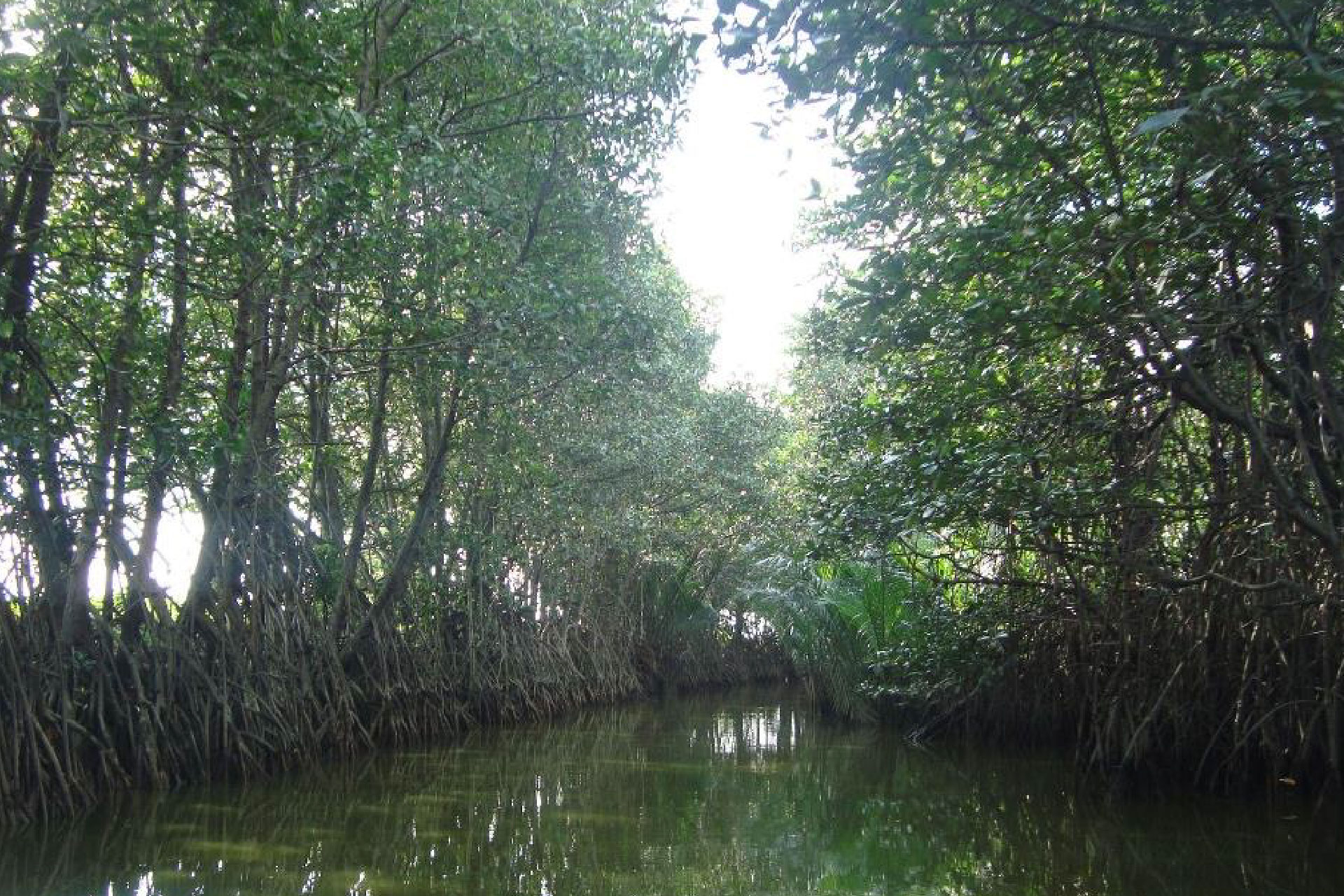
SOCIAL SERVICES